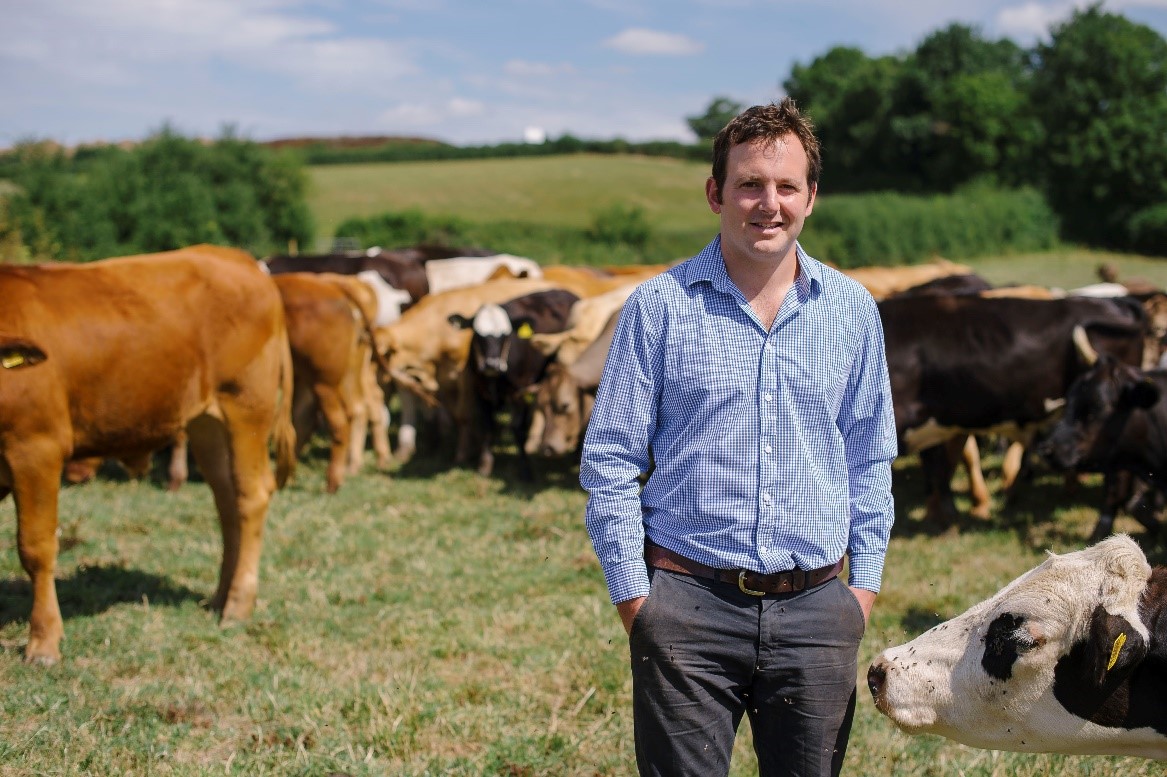- Home
- Case study 3 – Liver fluke penside test
Case study 3 – Liver fluke penside test
Liver fluke, a common parasite, which is growing in prevalence across the UK, is having significant implications for the productivity of the UK’s agricultural sector. It infects both sheep and cattle, leads to anaemia, weight loss and ill-thrift. Even when the disease is not immediately evident, infections of liver fluke can result in significant losses in production.
In dairy cattle, this can result in reduction in milk yields by 15% per cow per year, and for beef cattle, studies have estimated that animals infected can take 31 days longer to reach a slaughter weight.
The current methods for testing liver fluke are both costly and time consuming, with farmers having to send samples to a laboratory for testing and having to wait several days for results. As a result, many farmers end up blanket treating their cattle and sheep, leading to developing resistance to the common treatments.
However, a new method of testing is being trialled that could make blanket treatments a thing of the past. Tessa Walsh, a PhD student from the University of Liverpool has developed a pen-side test based around lateral flow technology, similar to that used for the home pregnancy test, which could soon be made available to farmers for use on their farms.
Equipped with an easy to use testing kit, farmers will be able to pin point which animals require the treatment, reducing their costs and reducing the spread of resistance to the wormers used to control fluke. The PhD project, which has been funded by the Agriculture and Horticulture Development Board (AHDB) is currently in the prototype stage, but early trials are showing promise.

John Haimes, Beef & Lamb Strategic Farm in Devon
“The work that AHDB is doing to support this type of development work is critical to ensure farmers have the tools they need to test quickly and accurately for the presence of fluke at an early stage of infection. It will help us not only target medicine use more precisely but also treat for fluke more effectively. The outcome on farm is healthier cattle, lower production costs and increased profit margin – a clear win-win for the industry”.

